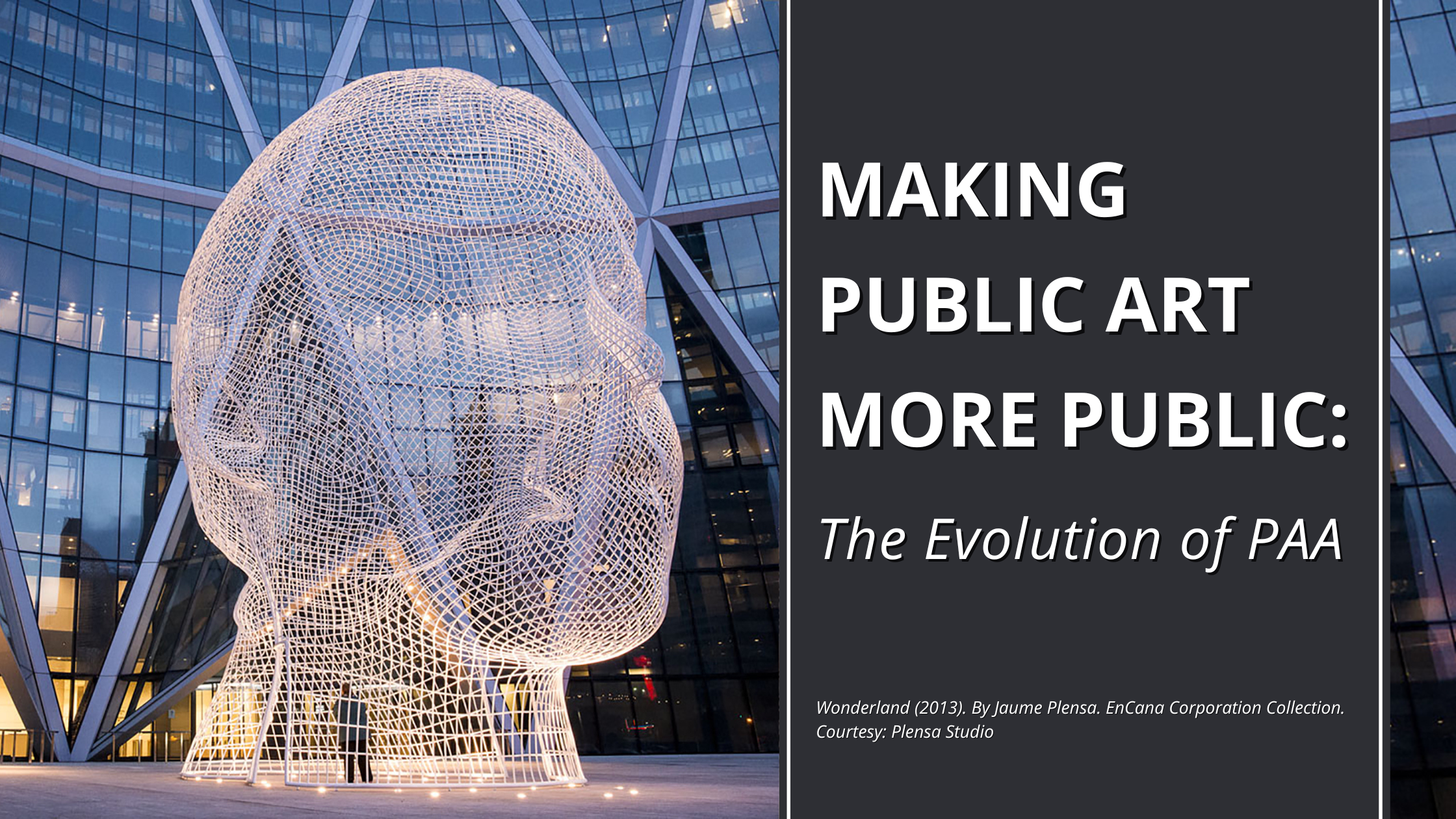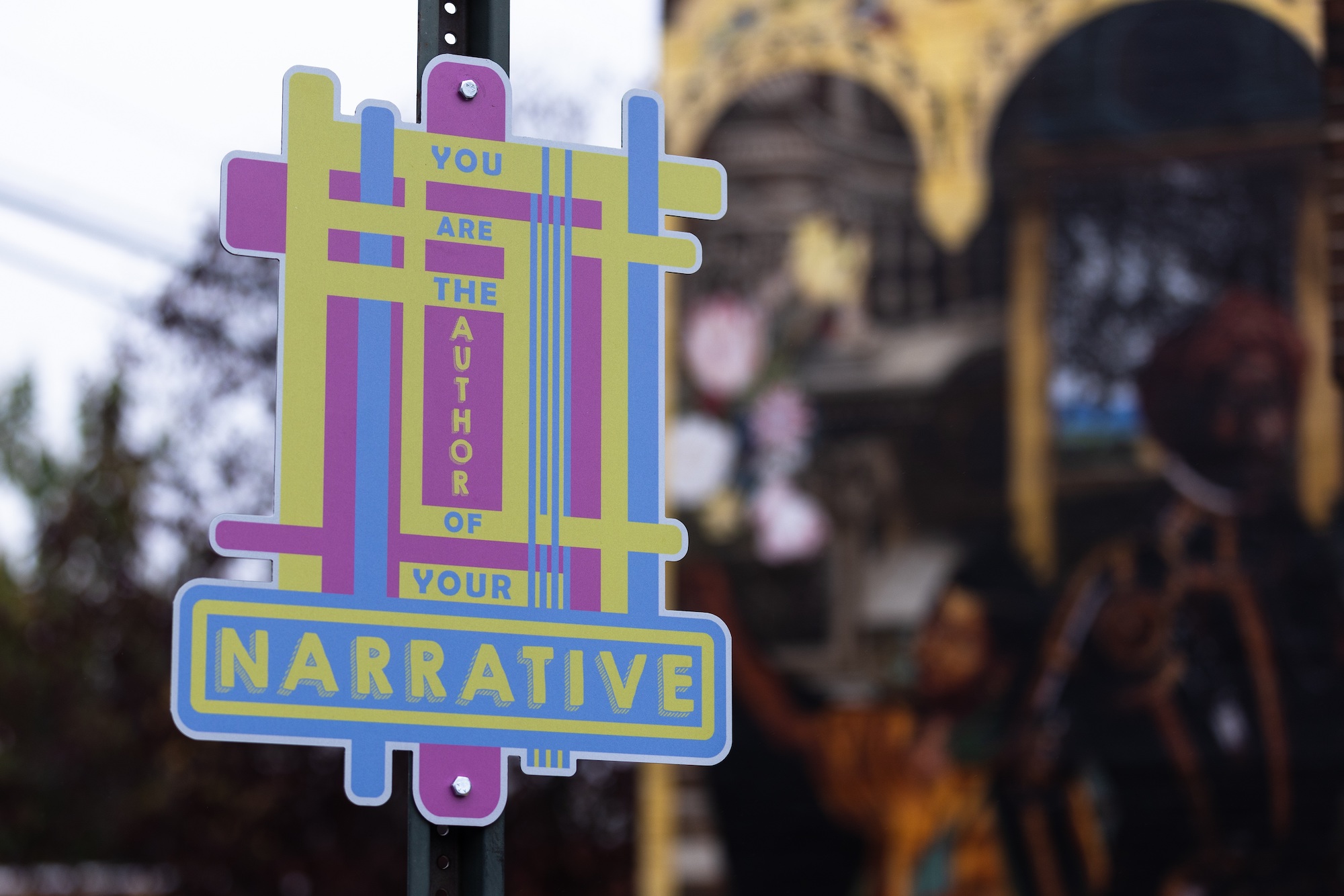This year commemorates the 50th anniversary of WESTAF (Western States Arts Federation), the Public Art Archive’s (PAA) parent organization. To celebrate this milestone, WESTAF is sharing fun facts, historical insights, and a short video each month through September that offers a glimpse at half a century of WESTAF’s work.
Among WESTAF’s accomplishments over the years is a significant initiative introduced in 2010 that laid the groundwork for what would become the Public Art Archive. Recognizing a need for a centralized hub for public art information, WESTAF worked with a group of knowledgeable senior advisors to develop metadata standards for the public art field, creating classifications and standards for documenting public artworks of any size or scope. These standards would be used to develop the centralized repository of public art data — the Public Art Archive.
Starting from ground zero, WESTAF’s newly formed Public Art Archive team embarked on a journey of manual data population, soliciting data contributions from public art organizations across the U.S. and pulling artwork information and images directly from CD-ROMS. Some of the first organizations to submit data to the project during this pilot phase were Arts & Venues Denver: Public Art Program (DOCA at that time), State of Utah, State of Oregon Percent for Art Collection, City of New Haven, CT, Museum of Outdoor Arts, City of Clearwater, FL, 4Culture Registry, City of Albuquerque, NM, State of Hawaii, and WESTAF’s very own CaFÉ (also known as CallforEntry) — used by artists to submit their completed public art projects. Little did anyone know, this would be the start of something BIG.
Since PAA’s inception, the public engagement portal has continued to accept data contributions from artists and organizations worldwide for free, making it the world’s largest active database of public art. In 2018, the program launched its online collection management system in partnership with CollectionSpace, available to public art administrators and organizations that manage public art collections. The system is used by agencies ranging from municipalities and universities to transit authorities nationwide.
WESTAF and PAA invite you to watch the third video in this new documentary series, “Jumping into Tech.” Join us on a journey of exploration into WESTAF’s origins in technology, how PAA got started, and a sneak peek into how it gradually became the largest active database of public art today.
Did you miss the last two videos? Watch them here!
Connect With Us
Interested in learning more about PAA’s initiatives to promote public art? Explore our creative resources blog and access WESTAF’s 17th Cultural Policy Symposium report here. For further information on PAA’s services, connect with our team today.



